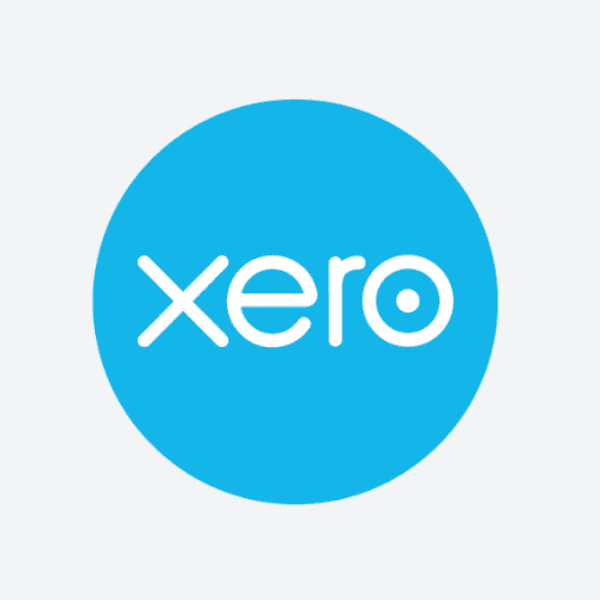
Jobkeeper 2.0 made simple with the ICB’s Matthew Addison
Last updated: Mar 3, 2024

In the lead up to the launch of the JobKeeper 2.0 extension, the Xero team is working to help our partners stay on top of the latest information. This week, we hosted a webinar with Matthew Addison of the Institute of Certified Bookkeepers (ICB), who walked us through the current rules and eligibility tests for employers. Read on below, and discover his answers to our top questions.
When does the current JobKeeper scheme end?
The first JobKeeper scheme finishes on September 27 2020. In order to receive the subsidy, all payments for fortnight 13 need to have been paid by this date and the monthly declaration made by October 14.
How long will JobKeeper 2.0 be in place for?
The scheme has been extended from 28 September 2020 until 28 March 2021. There are two separate extension periods within this timeframe. For each extension period, an additional actual decline in turnover test applies and the rate of the JobKeeper payment is different.
The extension periods are:
- Extension 1: from 28 September 2020 to 3 January 2021
- Extension 2: from 4 January 2021 to 28 March 2021
How is employer eligibility determined?
To be eligible for JobKeeper 2.0, an employer must have suffered a 30 percent decline in actual GST turnover for the quarter ending September 30 2020 (as compared to the quarter ending September 30 2019). They also need to have been eligible for the first JobKeeper scheme (whether they actually enrolled and received payments or not, the eligibility tests still apply).
What if an employer is unable to determine their eligibility until after September 30?
Some businesses won’t know whether they meet the eligibility requirements until after September 30. For this reason, the ATO is allowing payments for fortnight 14 and 15 to be paid as late as October 31 to give businesses the time to make sure they’re eligible.
Will there still be alternative tests available to determine actual decline in turnover?
Beyond the basic test, the good news is that the same type of alternative tests will be available. For instance, businesses that are on monthly BAS will add the three months together, while non-GST registered businesses or those who annually report will continue to use the ‘GST turnover’ definition and calculate quarterly.
What is the 10 percent actual decline in turnover certificate all about?
You may have heard about the 10 percent actual decline in turnover certificate. This relates to the use of the JobKeeper Fair Work Provisions, a series of concessions for employers that relate to the hours employees are needed to work, their duties, and the time and place.
How do payment tiers work and what has happened to the rates?
JobKeeper 2.0 payments for employees will depend on the total hours worked during a specific period, with employers assigning each nominated worker to one of two tiers. It’s important that all employees are informed that the rates will change for everyone involved and will differ between the two extension periods.
The tier one rate applies to eligible employees who worked for 80 hours or more in the four weeks of pay periods before either 1 March 2020 or 1 July 2020, while tier two applies to everyone who falls outside of this.
Can an employer choose to select which employees to lodge payments for?
If an employer is claiming JobKeeper 2.0, it must be lodged for all eligible employees (there’s no picking and choosing).
What do the monthly employer declarations involve?
Employers will need to prepare monthly declarations to the ATO. For October and January, this will include restating that they meet the new actual decline in turnover test.
It’s important to note that the ATO will be relying on the figures reported in the September 2019 BAS (If applicable), so this needs to be lodged before employers can claim the October JobKeeper 2.0 payment. It’s ok if the September 2020 BAS isn’t yet lodged. Likewise, when retesting for the October to December 2020 period, the December 2019 BAS will need to be lodged.
For further guidance on all things JobKeeper 2.0 and a series of helpful ‘How to’ guides, head to the ICB website.
Rest assured that as soon as JobKeeper 2.0 arrives, Xero Payroll will be ready. To ensure that the entire process is as streamlined as possible, Payroll has been updated to accommodate all of the most recent changes.
To find out more, join us for a series of webinars from September 23, where the Xero team will go through the JobKeeper 2.0 scheme, unpack how to process JobKeeper payments in Xero Payroll and provide plain language examples to support you.




